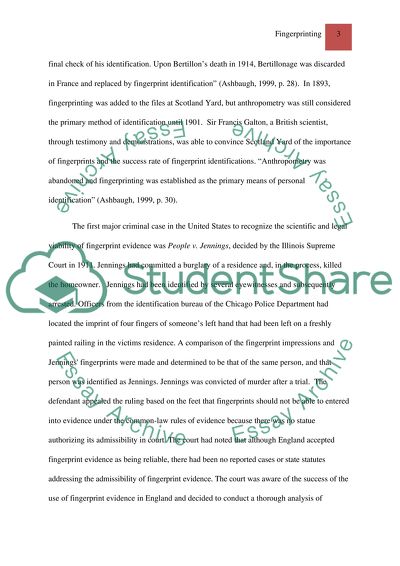Cite this document
(“FINGERPRINTING Research Paper Example | Topics and Well Written Essays - 2000 words”, n.d.)
Retrieved from https://studentshare.org/miscellaneous/1565935-fingerprinting
Retrieved from https://studentshare.org/miscellaneous/1565935-fingerprinting
(FINGERPRINTING Research Paper Example | Topics and Well Written Essays - 2000 Words)
https://studentshare.org/miscellaneous/1565935-fingerprinting.
https://studentshare.org/miscellaneous/1565935-fingerprinting.
“FINGERPRINTING Research Paper Example | Topics and Well Written Essays - 2000 Words”, n.d. https://studentshare.org/miscellaneous/1565935-fingerprinting.


